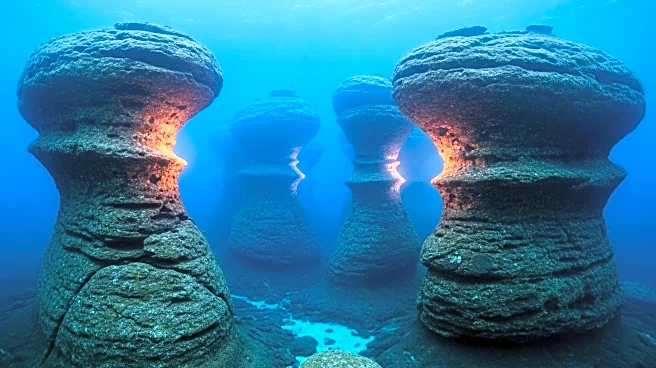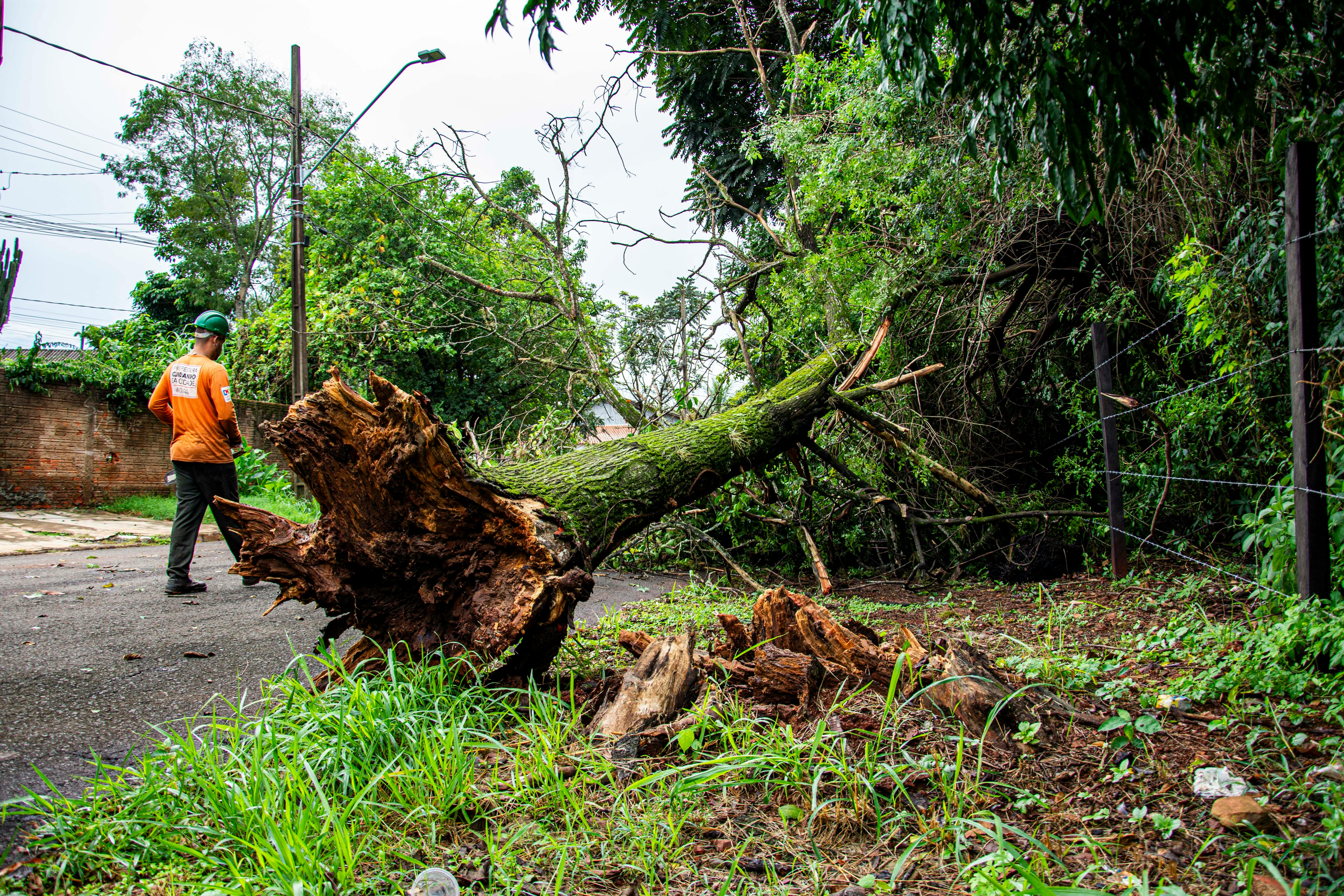What is the story about?
What's Happening?
Researchers have identified massive buried mounds and 'sinkites' beneath the North Sea, which defy traditional geological understanding. A recent study reveals that younger, denser sands have sunk while older, lighter layers have risen, forming hidden hills under the seafloor. This phenomenon, known as stratigraphic inversion, challenges the conventional rule that older layers sit below younger ones unless overturned. The study utilized a comprehensive three-dimensional seismic dataset and evidence from numerous wells, mapping an area of approximately 19,000 square miles. The findings suggest that earthquakes millions of years ago may have triggered multiple rounds of movement, causing sand to drop and ooze to lift until the system stabilized.
Why It's Important?
This discovery has significant implications for carbon storage projects in the North Sea, such as the Sleipner project, which involves injecting carbon dioxide into sandstone formations. Understanding the movement of sands and the integrity of seals is crucial for ensuring safe and durable storage. The findings provide new insights into geological processes that could affect the long-term behavior of storage sites. Additionally, the research offers new criteria for evaluating storage security, potentially influencing future carbon capture and storage strategies. The study highlights the need for detailed geological assessments to ensure the safety and effectiveness of carbon storage initiatives.
What's Next?
Further research is needed to understand the frequency and scale of such geological inversions, as well as the levels of seismic activity required to initiate movement. Scientists aim to explore the timing of these events, which appear to have clustered in the late Miocene and Pliocene epochs. Future surveys may target other continental margins with similar geological conditions to determine if this process is unique to the North Sea or part of a broader pattern. Laboratory tests and computer models will be essential in predicting when and where such inversions might occur, aiding in the development of guidelines for safe carbon storage.
Beyond the Headlines
The discovery introduces a new category of geological formations, 'sinkites,' characterized by serrated edges where sand fills polygonal fractures. This adds complexity to geological mapping and challenges assumptions about the formation of thick sand layers. The research underscores the importance of considering density contrasts in geological assessments, which could lead to more accurate predictions of subsurface behavior. The study also opens up possibilities for identifying similar structures in other regions, potentially revealing a widespread geological process.
AI Generated Content
Do you find this article useful?
















